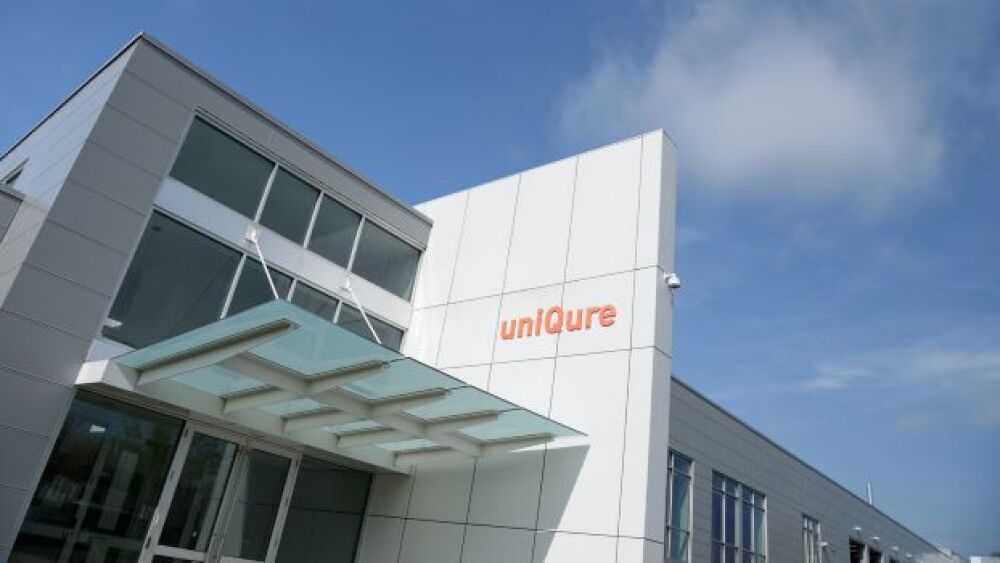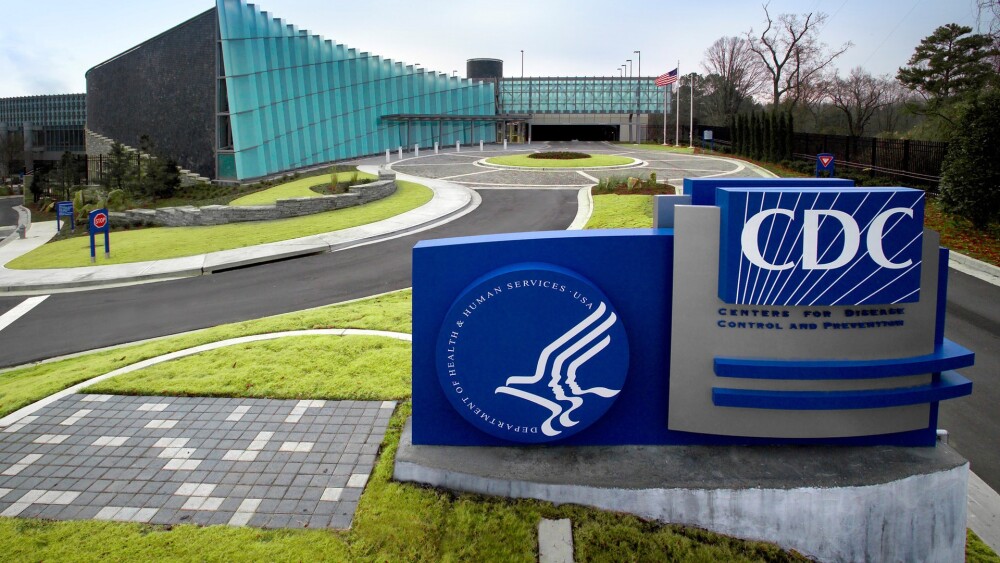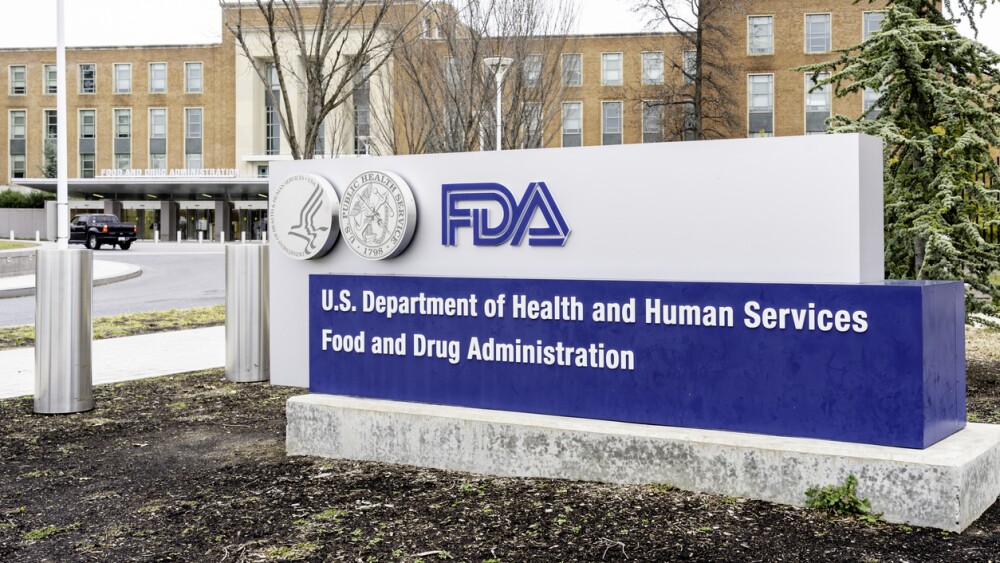Sarepta Therapeutics’ stock has dropped precipitously as questions swirl around the safety of its gene therapies. Meanwhile, the Duchenne patient community fears losing access to Elevidys while the regulator considers more drastic action.
Sarepta Therapeutics has successfully navigated patient deaths and other setbacks before. But last week’s unfortunate sequence of events, which culminated in the FDA pausing several Sarepta trials, revoking regulatory approval of the company’s platform technology and asking the company to discontinue all shipments of Elevidys in the U.S., may be hard to come back from.
“We view the FDA’s announcement as the worst-case scenario for the company, as it could negatively affect patient interest in Elevidys and suggests the company’s relationship with the FDA is now fractured,” William Blair analysts wrote in a note to investors Monday.
The company’s rollercoaster week started with an investor call Jul. 16, in which Sarepta announced a corporate restructuring. In the wake of two Elevidys-linked deaths earlier this year, the company has added a black box warning to the therapy for acute liver injury and acute liver failure, is pivoting to siRNA-focused therapies and plans to lay off 500 employees. The market reacted positively to the news, with Sarepta’s stock rising as much as 40% in after-hours trading.
The very next day, however, shares came crashing back down after BioCentury reported a third death of a patient taking a Sarepta product, in this case an investigational gene therapy for limb girdle muscular dystrophy (LGMD). In a call on Friday, Sarepta CEO Douglas Ingram told investors that the company didn’t disclose the death on Wednesday “because it was neither material nor central to the topics at hand.”
This lack of transparency didn’t sit well with investors or regulators, and the ensuant FDA action poured salt in Sarepta’s open wound. On Friday evening, the FDA paused all LGMD clinical trials and revoked Sarepta’s platform designation—the first of its kind—for the viral vector technology that underlies both Elevidys and the investigational LGMD therapy. Finally, the regulator asked the company to discontinue all shipments of Elevidys in the U.S.
To that, Sarepta initially said no. While the company stopped shipping Elevidys for non-ambulatory patients on June 15 following the second death, the company said it would continue to ship to ambulatory individuals; all three patients who died had lost their ability to walk. But just yesterday, the company relented. Effective at close of business today, July 22, Elevidys shipments are paused for all U.S. patients. Sarepta’s stock hit its lowest point in nearly 10 years.
While analysts agreed the pause was likely the best decision given the circumstances, at this point it’s unclear how the FDA’s investigation will play out or what the future of Sarepta will be. That uncertainty is felt most acutely by the Duchenne patient community, which is now left waiting to learn if and when Elevidys will again be made available.
“These reports are profoundly upsetting and raise serious concerns for our entire community,” the advocacy group Parent Project Muscular Dystrophy (PPMD) said in a news release on Friday night. “PPMD is urgently seeking answers and calling on both Sarepta and the FDA to provide clarity and transparency.”
Controversy Follows Elevidys
Elevidys initially received accelerated approved in June 2023 as the first gene therapy for Duchenne muscular dystrophy (DMD). It was indicated for four- and five-year-olds who were still ambulatory.
This FDA greenlight came despite Elevidys’ miss on the pivotal trial’s primary functional endpoint, and in October 2023, it once again failed to meet its primary endpoint in a Phase III readout. Patients and investors have thus continued to look for more data on the gene therapy. Nevertheless, the therapy notched a full approval for ambulatory patients at least 4 years old in June 2024, as well as an accelerated label expansion to non-ambulatory patients of the same age group.
Given the questions surrounding efficacy, it’s no surprise that the recent deaths have the FDA reconsidering its position on the gene therapy. But William Blair analysts expressed surprise at the timing of the FDA’s action given that the regulator has known about the most recent death since July 3.
“[T]o our knowledge, the FDA has received no new information that would materially impact the risk/benefit profile of Elevidys in ambulatory patients. . . . We see the timing of the clinical hold as a bit peculiar,” the group wrote on Monday, adding that it suggests “the FDA’s announcement is in direct response to the public becoming aware of the death and residual outcry rather than new information obtained by the FDA.”
Indeed, investors were not happy with Sarepta’s apparent lack of transparency on last week’s corporate update call. “We think the LGMD patient death could amplify patient hesitancy to use commercial Elevidys and increase investor distrust since the company did not disclose the event on its call,” William Blair wrote in a note to investors early Friday morning. Sure enough, among investors surveyed by BMO Capital Markets following last week’s developments, some 85% rated Sarepta’s management credibility as a 2 or lower on a scale of 1 to 10.
For Courtney Rice, principal of Acadia Strategy Partners, Sarepta’s decision not to disclose the death sooner is indeed problematic. “Sarepta’s decisions around what is and isn’t material felt misguided and unfair,” Rice told BioSpace. “Sarepta had the knowledge and withheld it from the patient community. Whether it’s legal or illegal by SEC standards isn’t clear, but it doesn’t do patients any favors, ethically speaking.”
Uncharted Territory
What happens next is far from clear. The FDA has expanded its investigation of Elevidys into all Sarepta gene therapies based on the AAV vector technology, whose platform designation has now been revoked.
Rice said this particular loss “has unknown consequences because no one was entirely sure what the designation meant in the first place.” As the first technology to receive such a designation, “the true meaning was yet to be determined,” she added.
For now, the focus is more on the future of Elevidys’ market status. FDA Commissioner Marty Makary told Bloomberg News that the agency is considering revoking Elevidys’ approval altogether.
Rice noted that the May 2025 executive order announcing President Donald Trump’s Most Favored Nation drug pricing policy has a clause that may be relevant here: “The commissioner shall review and potentially modify or revoke approvals granted for drugs, for drugs that may be unsafe, ineffective, or improperly marketed.”
Center for Biologics Evaluation and Research Director Vinay Prasad said as much in an FDA statement Friday about its action against Sarepta. “The FDA will not allow products whose harms are greater than benefits.”
Still, several commenters noted that the therapy’s full approval for the ambulatory patient population would complicate a market withdrawal. William Blair analysts noted that should the FDA choose that path, such an action “could take years.” According to BMO’s recent survey, about half of investors expect Elevidys to stay on the market for ambulatory patients, but 90% think it will be pulled for the non-ambulatory population.
Even if Elevidys remains on the market, Sarepta is now in hot water—with investors, patients and the FDA itself. Multiple analyst groups predicted the regulator would not look favorably on the company. “[Sarepta’s] financial health or story turnaround will be challenging,” according to BMO analysts, who forecasted continued volatility for the foreseeable future.
Jefferies analysts agreed, noting on Monday night that many factors beyond the FDA’s actions could influence the company’s ultimate fate, from the sentiment of the patient community to payer acceptance. For now, the company’s share price sits at less than $13, after having started the year at $125. Looking back further, to June 2024, Sarepta enjoyed a market cap of $15 billion. That number now sits at just over $1.2 billion.
Can the company recover? The answer, it seems, is anyone’s guess.
“We are charting unprecedented territory,” Jefferies wrote, “making the story challenging to handicap.”







